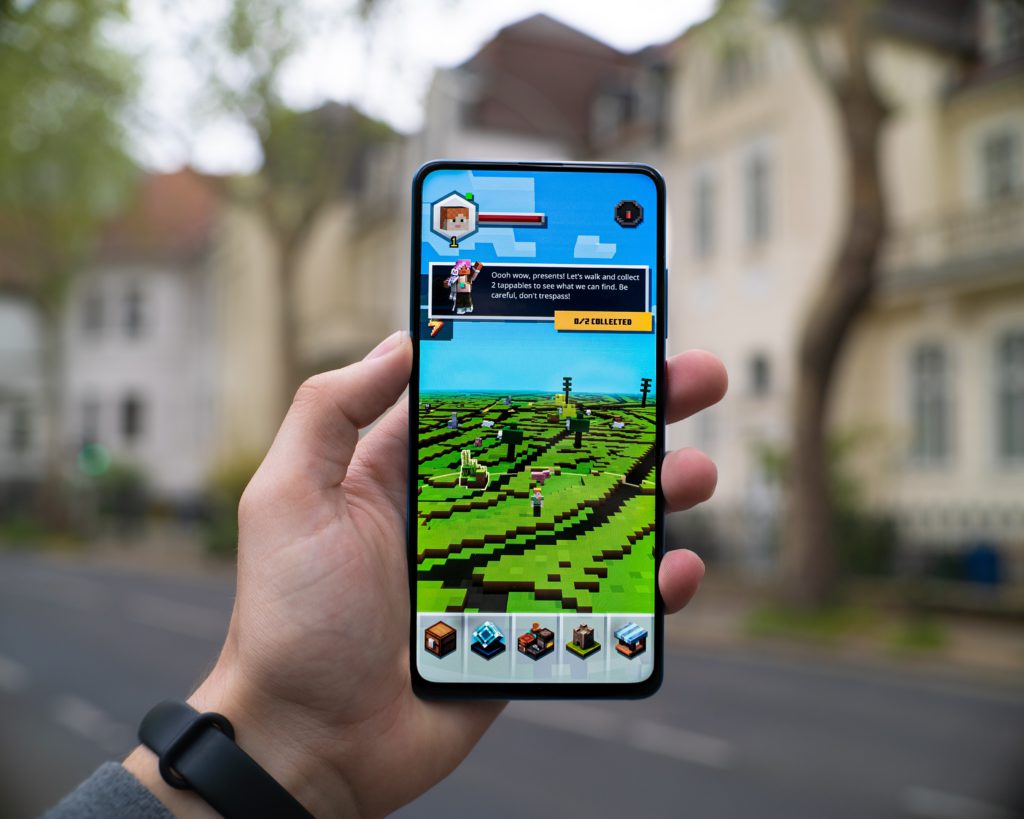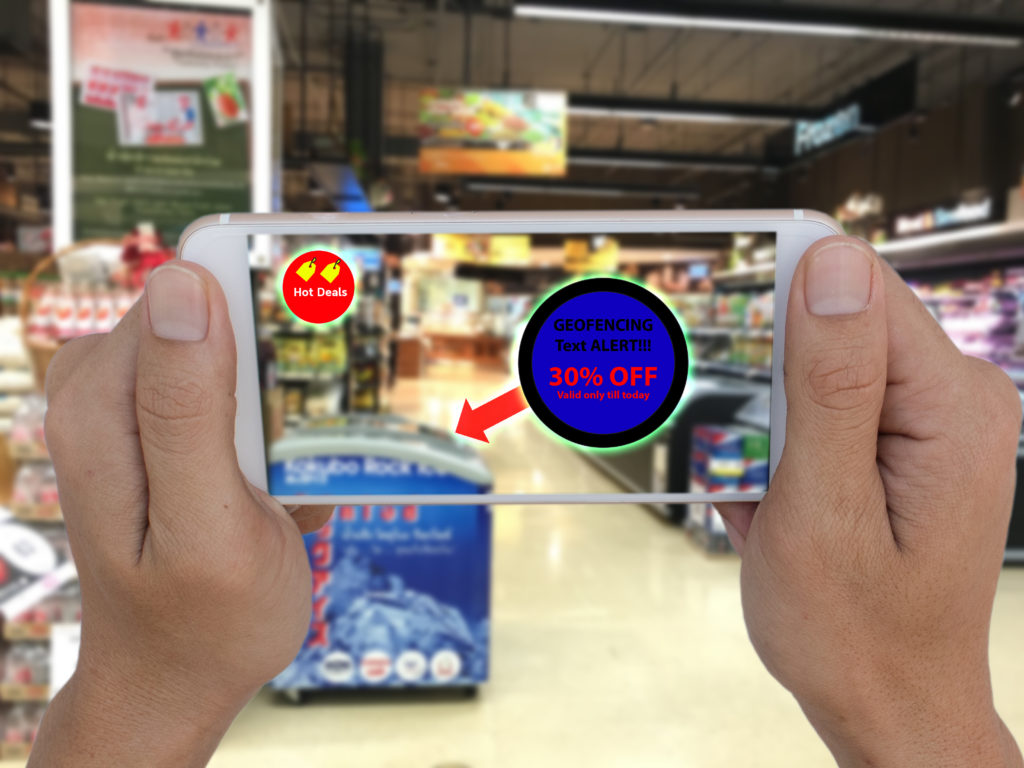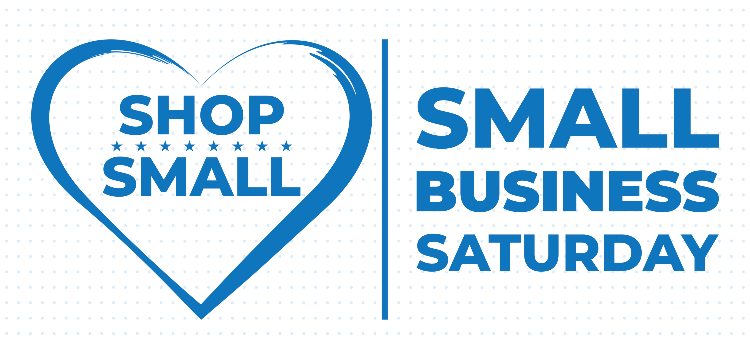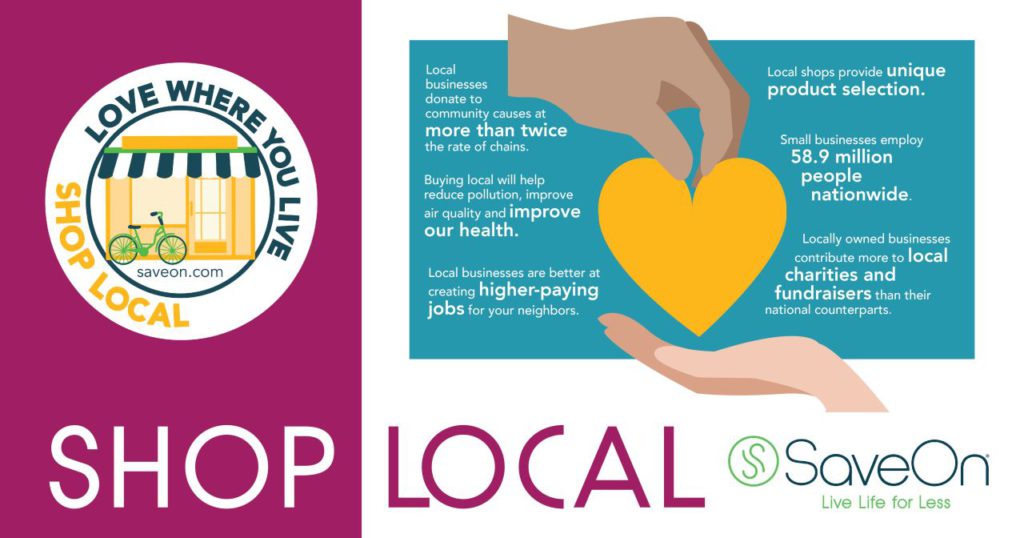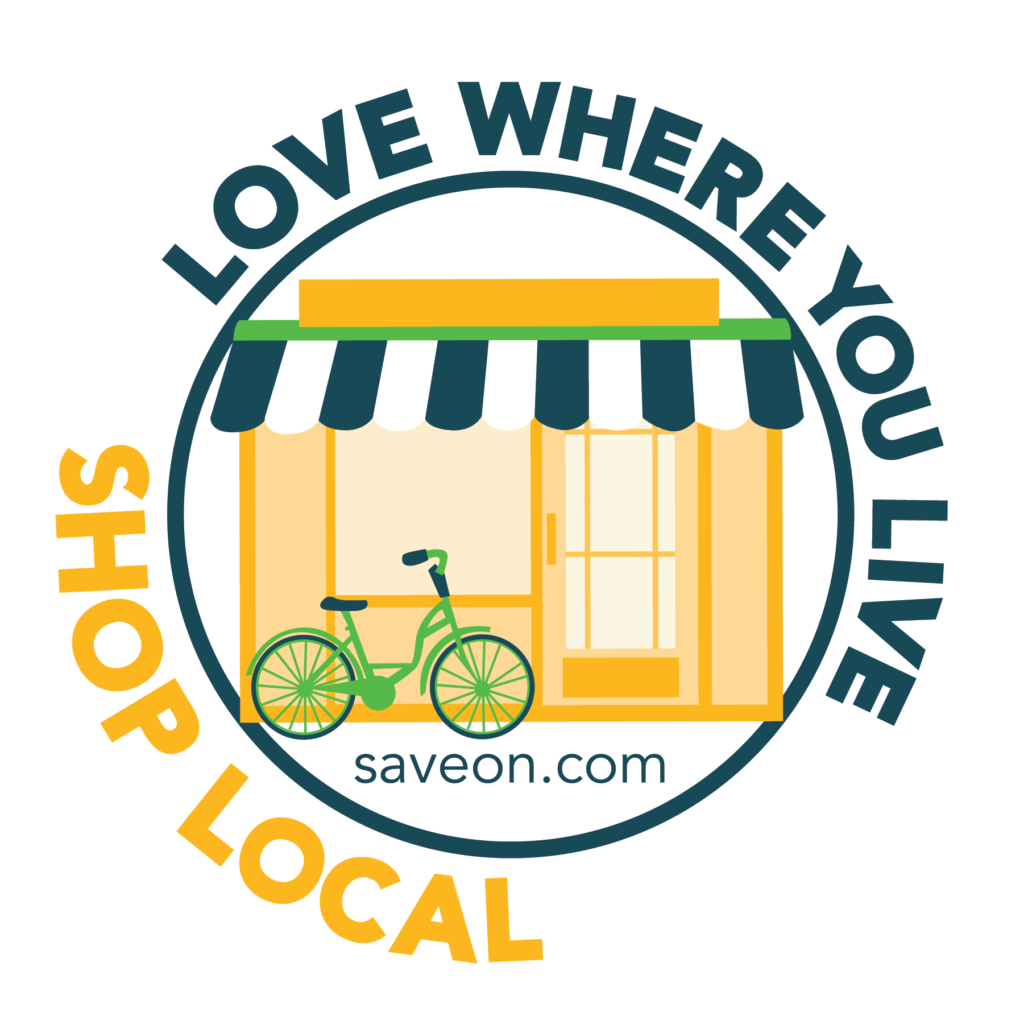
You have a great company, and you have a solid product or service. You are even doing some advertising and marketing to attract new customers, so why aren’t sales where you expected? To get the results you want out of your marketing efforts, you need to have a well-rounded, fully thought-out marketing plan from inception to execution. Our team has put together a guide to creating a marketing plan that is sure to result in the hard ROI your company is looking for.
Brand Positioning
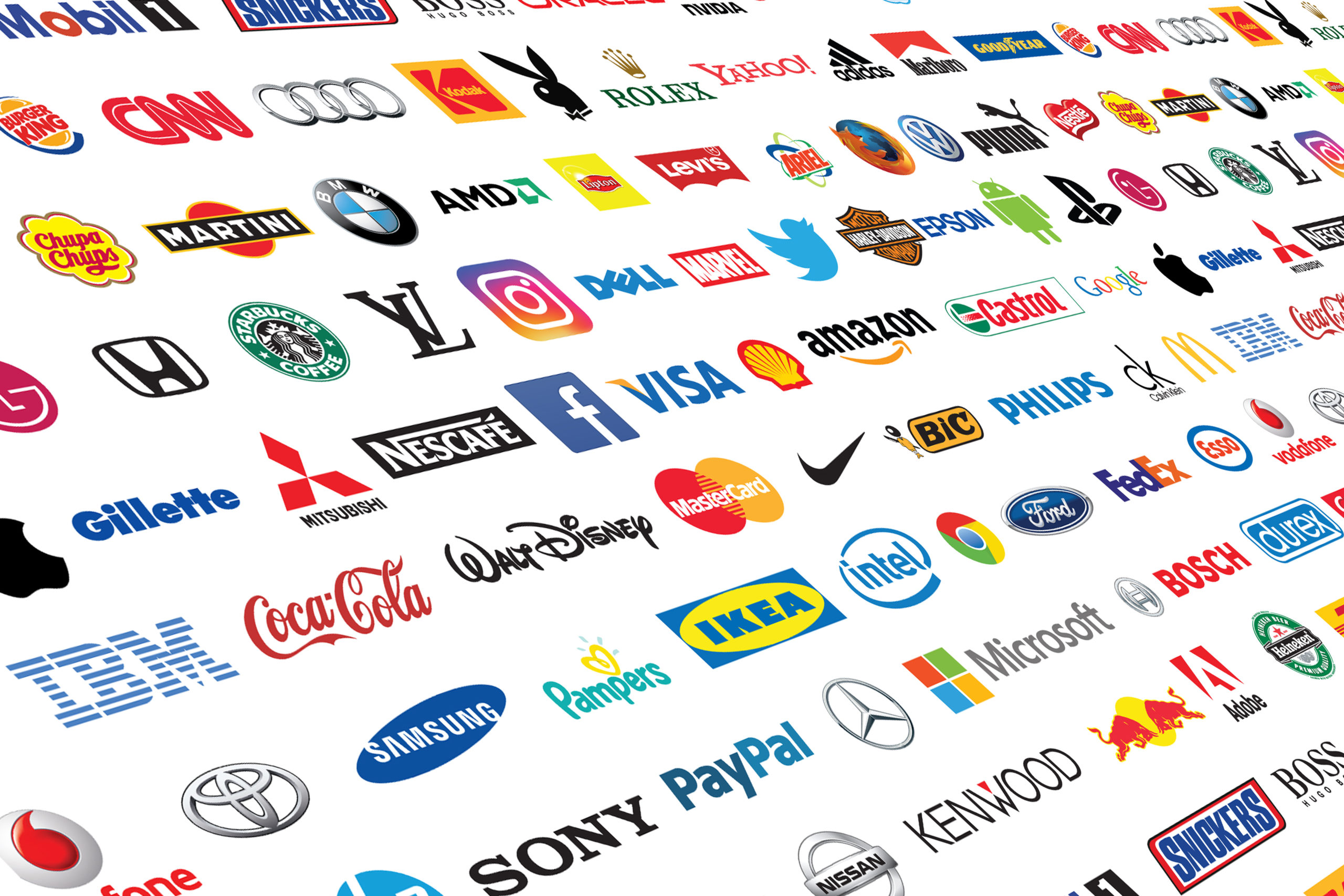
Every good marketing plan starts with research and background. The first thing you should do is perform a SWOT and competitive analysis. The SWOT helps your company identify its strengths, weaknesses, opportunities and threats. The competitive analysis will show how your business and products compare to your direct competitors. It’s important to know what your competition is doing, as well as how they’re positioning their companies and products because you need to differentiate your business from theirs.
Using the information from your SWOT and competitive analysis, you will be able to identify your company’s key differentiators and unique value proposition, or the one thing that sets your business and offerings apart from the competition. This will help you formulate messaging that speaks to your distinctive attributes.
Finally, before you can form messaging and a marketing plan, you have to determine who your target audience is. A big mistake many businesses make is trying to talk to everyone. There’s no reason to waste your money marketing to people who have no interest in your products or services. Although you may get less impressions or have to spend more initially to reach people in your target market, it’s worth it in the end because your efforts will result in more qualified leads, sales and new long-term customers. To identify your target audience, you will need to ask yourself demographic and psychographic questions like:
- What gender are they?
- Where do they live?
- How old are they?
- Are they married and do they have kids?
- What is their education?
- What do they want?
- What are their pain points?
- Where do they go?

You can learn more about who your audience is through customer surveys, reviews, competitive analyses and creating customer personas. Additionally, you can use resources like call tracking. Call tracking data allows you to know where your calls are coming from by ZIP code, day of the week and hour of the day. All of this allows you to make educated decisions about your advertising campaign and coach your call center or receptionist to make the most of the leads you receive. At SaveOn, we offer call tracking to our advertisers at no additional cost.
Once you have your research and background information finished, your next step is setting a budget.
Budget

Businesses should have a firm budget identified before drafting a marketing plan. You will need to take several things into consideration when setting a budget:
- Your marketing plan will need to include a variety of marketing and advertising mediums.
- Will you outsource artwork and creative for the campaign?
- Will you need to purchase software to execute and track the campaign?
- How long will your campaign run?
You will most likely want to leave a little room in your budget for additional costs. Looking at past marketing campaigns can help you estimate costs for your upcoming marketing plan.
After your budget is approved, you are ready to start drafting your marketing plan. The first step is identifying your goals and key performance indicators.
Goals and KPIs

A plan without an end goal is a sure way to waste your money. By setting SMART goals, you ensure your campaign is headed in a good direction, but it also is achievable in the timeframe you set. After setting your SMART — specific, measurable, accurate, realistic and timely — goals, you will need to identify KPIs. A KPI is a measurement that tells you if your campaign is meeting its goals. KPIs can include but are not limited to:
- Revenue growth
- Number of new customers
- Website visitors
- Digital ad conversions
Your next step in your marketing plan is identifying the strategies and tactics needed to reach your goals.
Strategies, Tactics and Marketing Mediums
Now that you have long-term SMART goals, how are you going to achieve them. You need to create a few strategies and tactics to carve a path out to reaching your goals. Strategies should be a big-picture plan to reach a goal, while tactics should be concrete, smaller steps to get there.
For example:
SMART goal: To increase visitors to our website by 10% by Dec. 31, 2021.
Strategy: We will use digital marketing to drive people to our website.
Tactics: We will implement geofencing, retargeting and SEO/SEM.
Your strategies can and should use a combination of marketing techniques to reach your audience.
Types of Marketing
Content Marketing

Content marketing is creating shareable material that you put online, such as blogs, videos, e-books or webinars. The purpose of these marketing tactics is to position your businesses as a thought leader, answer customer questions before they have to ask, create brand equity, attract new customers and increase sales. These can be valuable tactics for your business because they are easily accessible and sharable. They drive customer interaction and inevitably convert to sales.
Email Marketing

Email marketing allows companies to send commercialized messages to your segmented audiences. You can promote sales, offers, information and more to your customers. In the United States, more than 90% of people 15 years or older use email, and email marketing has an ROI of 4,400%, according to OptinMonster. That means, for every dollar you spend on email marketing, your company will potentially see a $44 return.
If your email database isn’t quite large enough to reach your audience, you can always use advertisers to help you. SaveOn has more than 140 million opt-in email records in our database. We can help you target your message to the audience you want to reach using more than 750 filters, including geography, age, gender, household income, levels of interest and more.
Social Media Marketing

Social media marketing is using social media platforms like LinkedIn, Facebook, Instagram, Reddit and more to promote your products and services. According to Statista, there are more than 3.6 billion people on social media today. Businesses have a great opportunity to reach their target audiences on social outlets, increase brand affinity and convert fans to sales. In fact, 70% of business-to-consumer marketers have gotten their customers through Facebook, OptinMonster found.
Businesses with a strong social media following can gain sales and customers through creating engaging content with calls-to-action. Those without a large, active following can still find success on social media through social media advertising. Social media advertising tends to be less expensive than traditional ads and gives businesses more control over the ad spend.
We offer social media advertising to our business partners. Our team of advertising experts help create messaging, set up campaigns and monitor your budget, so you get the results you want without the stress or hassle.
Digital and Mobile Marketing

Digital and mobile marketing is using the internet and online digital technologies like desktops and smart devices to reach audiences. A Nielsen study found that chief marketing officers said they found digital marketing was more effective than traditional marketing like TV or radio, and 82% of CMOs expected to increase their digital advertising budget. Additionally, 50% of consumers who search for a local business on their mobile device visit a store within a day.
SaveOn has years of experience working with companies to deliver effective digital marketing campaigns. We’re able to offer our business partners special lowered digital advertising prices, and we specialize in mobile marketing, geo-addressable fencing, websites, retargeting, SEO/SEM, event targeting and deliver marketing messages.
Direct Mail Marketing

Direct mail marketing is the process of delivering marketing materials directly to people’s homes through magazines, inserts, postcards, flyers, catalogs and more. Although email and direct mail campaign tend to generate similar response rates, a MediaPost study found that direct mail marketing generates five times more purchases than that of email marketing.
SaveOn connects millions of local savers in Chicago, Detroit, the Twin Cities and West Michigan to businesses through its monthly magazine, inserts and postcards.
Coupon Marketing

Coupon marketing has been around for decades and has not let up in popularity or effectiveness. In 2019, 91% of Americans ages 35-54 used coupons, and 77% of consumers spend $10-$50 more than planned when using a coupon. We strongly suggest incorporating coupon marketing into your marketing plan. If you need help reaching new customers, using a trusted couponing source like SaveOn is a solid choice. We send coupons from local businesses out to millions of consumers in Chicago, Detroit, the Twin Cities and West Michigan each month through direct mail and digitally.
Write Messaging
Now that you have your marketing mediums chosen, you’re ready to write your messaging. Messaging should be targeted at your audiences identified earlier in the process and optimized to each marketing platform. Remember to always stick to your unique differentiators, and don’t be afraid to venture outside the box with your ideas.
Evaluating Success
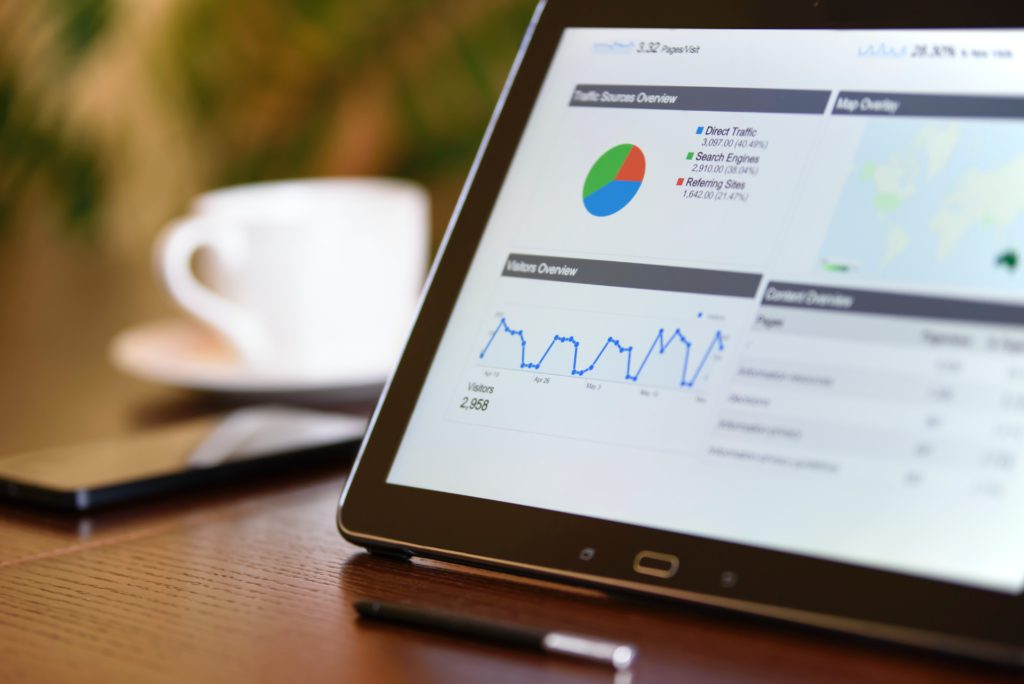
Finally, your plan must be measurable. A marketing campaign can only be called a success if there is something to indicate whether you reached your goals or not. Use your KPIs to see if you reached your goals. If you find that something isn’t working, evaluate why and change it. The people who you are marketing to are constantly changing their opinions, wants and needs based on the world and what they’re being offered. Make sure you are open to trying new marketing methods when things no longer are working. Staying up to date on marketing trends is an important piece of the planning and evaluation process. Our team at SaveOn is here for you. We specialize in shining a light on your company’s unique offerings and can help you identify and reach your target audience through our marketing solutions. To learn more about our marketing programs, visit SaveOn.com.




